The Rizzoli Orthopedic Institute is a modern orthopedic hospital, founded in 1896 in the monastic complex of San Michele in Bosco on the hill close to the Bologna center. The Umberto I Central Library, named after King Umberto I, is located in the sixteenth-century rooms where once the books of the Olivetani monks were kept.
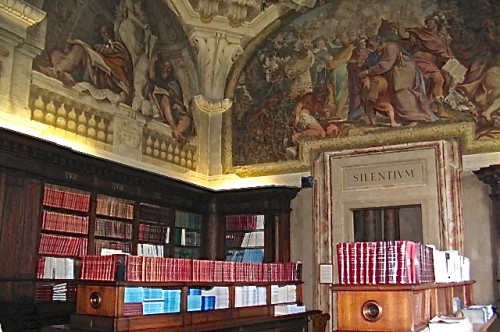
As with many historic locations in Italy, there is controversy as to the exact date of the construction of the first library of the monastery of Saint Michele in Bosco: to some it was raised towards the end of the 15th century, while others argue that the Priorate of Barnaba Cevenini ordered the construction in 1517. It is certain that in 1677, Taddeo Pepoli, prior of the monastery, refurbished the library, entrusting the task of architecture to Gian Giacomo Monti, and the contract of the ceiling paintings to Domenico Maria Canuti.
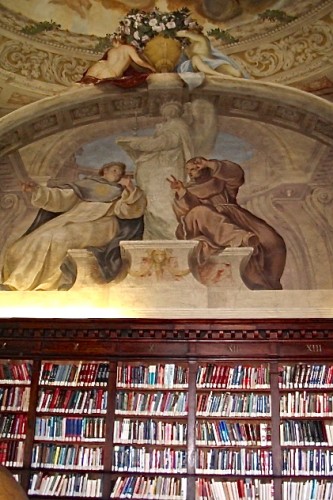
With Napoleon’s suppression of the monasteries in 1797, the library suffered great damage: the antique 16th century shelves were destroyed and the precious miniature books and manuscripts were dispersed. The former monastery of San Michele in Bosco went through a dark 50-year period until 1841, when the complex became the residential palace of the Legato Pontificio Spinola. In the library, the Canuti paintings were restored. The rooms of the library were used as a hall of princes, cardinals, knights and famous politicians until 1880, when Professor Rizzoli acquired the convent to construct an Orthopedic Hospital.
But the library only regained its greatness in 1922, when the director of the Institute, Vittorio Putti, restored the rooms as the Umberto I Library, thanks also to the donations of the Bologna Province to honor the memory of King Umberto I. Now the rooms hold one of the most complete and rare collections of books in the entire field of orthopedics.

The first item that catches your eye as you enter is a giant world globe. It is the 1762 work of Father Rosini da Lendinara, who used maps and descriptions of global explorers to create the masterwork. The Canuti paintings shine over the shelves of both ancient and modern books. A giant (about 3 feet long and 2 feet wide) complete three volume 19th century copy of the Divine Comedy by Dante is housed on its own wooden shelf.
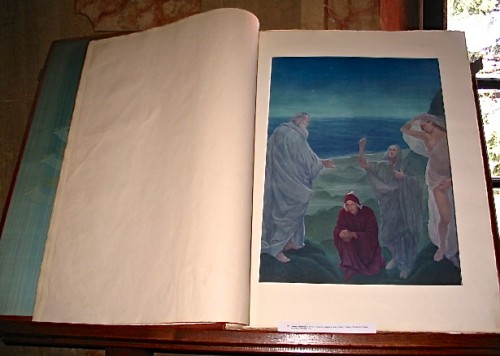
Positioned in what once were the apartments of the Priors of the Monastery of Saint Michele in Bosco, in front of the Umberto I Library, there is the study and private library of Professor Vittorio Putti, which he donated to the institute upon his death. Born in Bologna in 1880, Professor Putti succeeded famed orthopedist Professor Alessandro Codivilla, as director of the Institute. He held the post from 1912 to 1940, the year of his death.
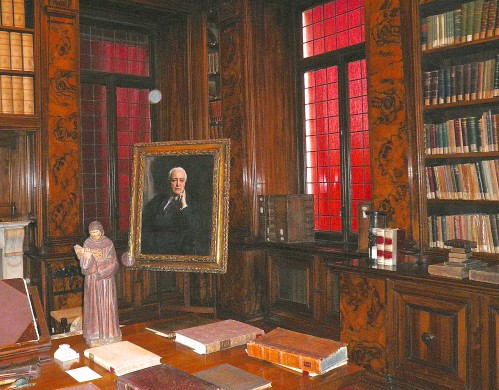
An excellent surgeon with great managerial skills, Professor Putti was interested in all issues of orthopedics, introducing new methods and innovative instruments. He gained great international prestige and became an honorary member of the most important foreign societies, as well as being the correspondent for the Journal of Bone and Joint Surgery, the largest medical journal in the orthopedic specialization.
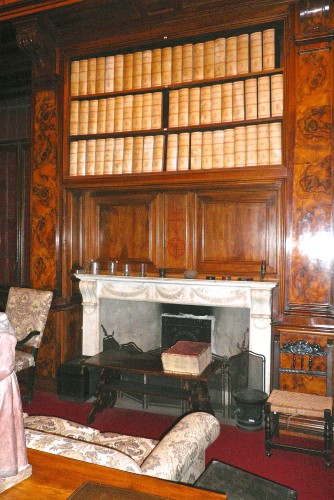
A renown book collector, the professor created in his own study/library a small private museum of the history of medicine. In his study, wall-to-wall with dark briarwood shelves, he gathered more than 1.000 antique books of medicine, including more than two hundred 16th Century works, into a collection, which is considered by experts to be one of the richest and most carefully selected in the world, not only for the quantity, but also for the quality of the texts they contain.
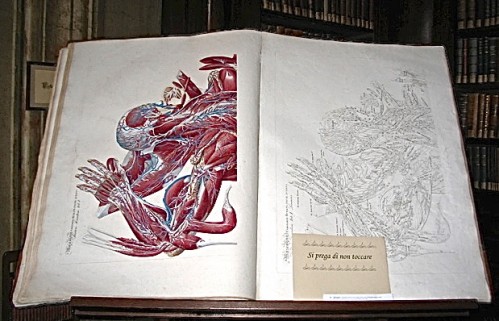
Among the rare collection of texts are editions of Ippocrate, Galeno, Avicenna and other fathers of medicine, you’ll find the Fasciculus Ketham (the first medical book with illustrations published in Italy in 1493); one of the four volumes of anatomical woodcut prints (1528) by Albrecht Dürer (some inspired by Leonardo Da Vinci); the famous first edition of Vesalio (De Humani Corporis Fabrica) 1543; and the first book of orthopedics written by Nicholas Andry published in Paris in 1741.
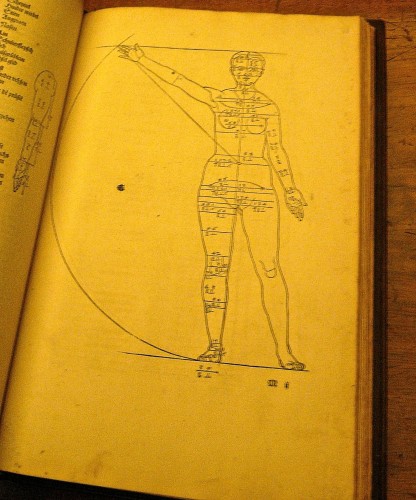
In the Donation Room off of the office hang the portraits of famous doctors, a collection of surgical instruments that were used from Roman times until 1800, as well as other valuable objects bought by Putti from the most famous antique dealers from all over the world, including two splendid manikins from 1500 that can be dismantled and were used in Europe for teaching and in China for diagnosing.
Visitors can admire the architecture, the frescos and other works of art from the XVI and XVII centuries in the church and halls of the former monastery by taking City Bus # 30 from the train station to it’s very last stop. Tours of the library are limited by reservation, as are those to the Putti Collection.
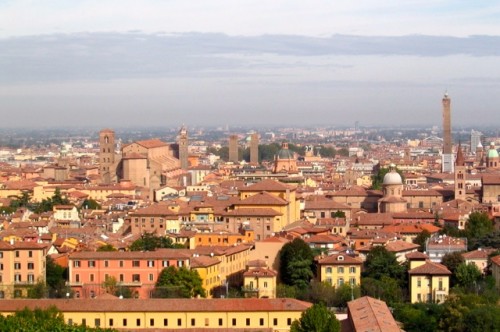
The Rizzoli Orthopedic Institute is organized in two departments that group wards and healthcare services and research laboratories. The units are specialized in: treatment of degenerative pathologies of the hip and knee; spine pathologies, pathologies of the foot and upper limbs; sports pathologies; tumors of the musculoskeletal system; pediatric orthopedic pathologies; and diagnosis and treatment of rare skeletal diseases. High expertise; organization aimed at integration between research and treatment and the offer of high quality healthcare; innovative technologies in continuous evolution – are the ingredients for Rizzoli’s success in Italy and worldwide.
